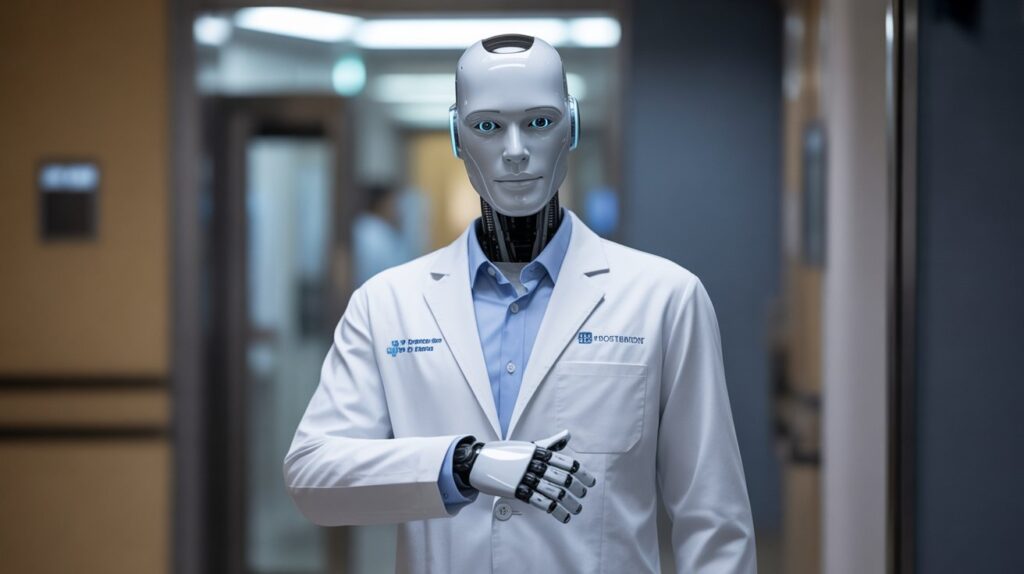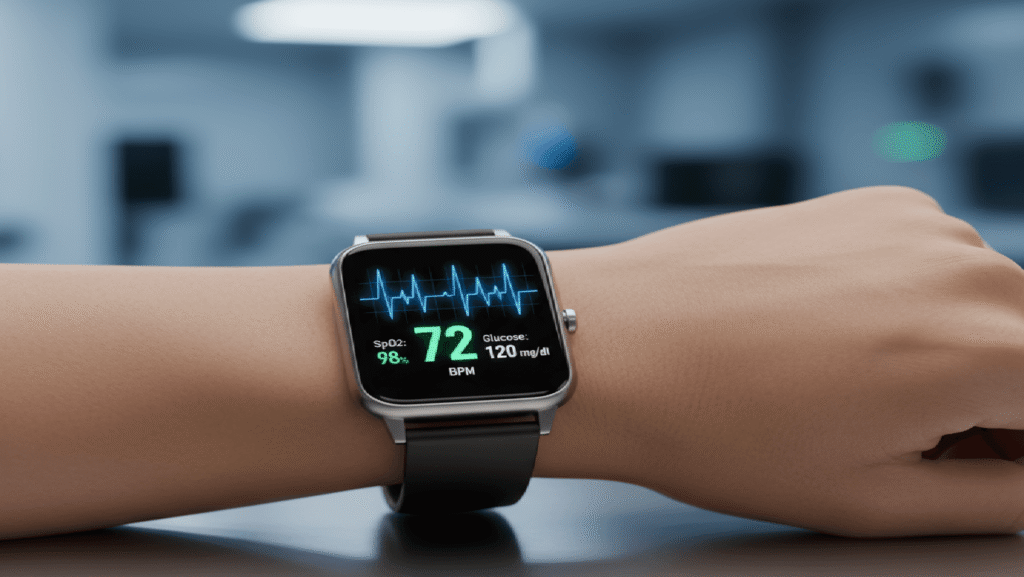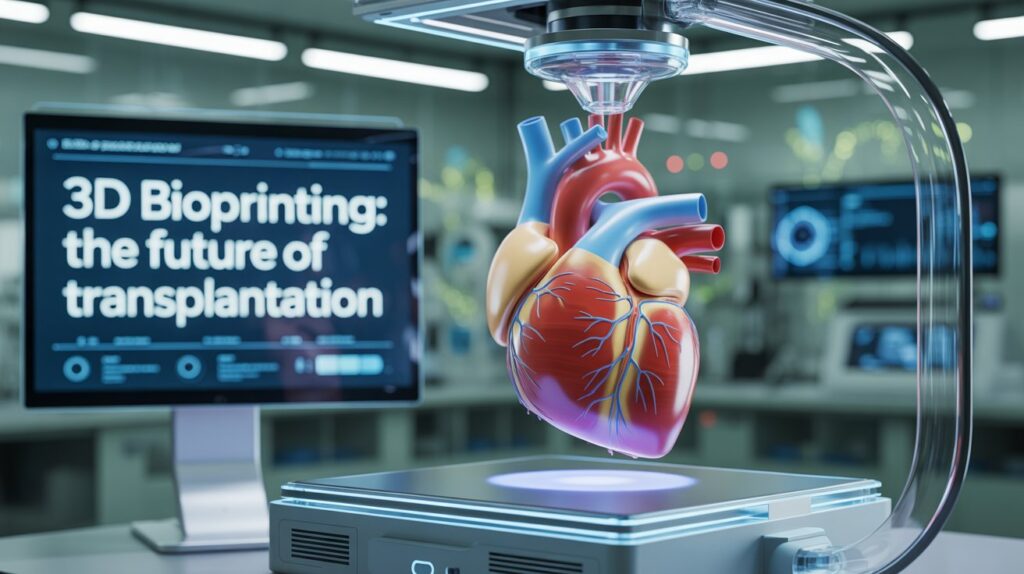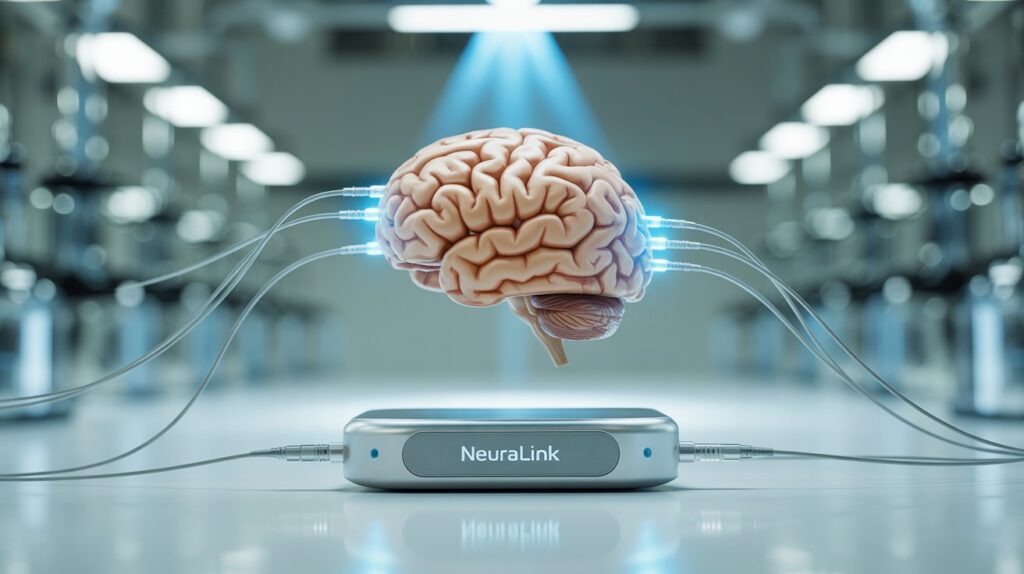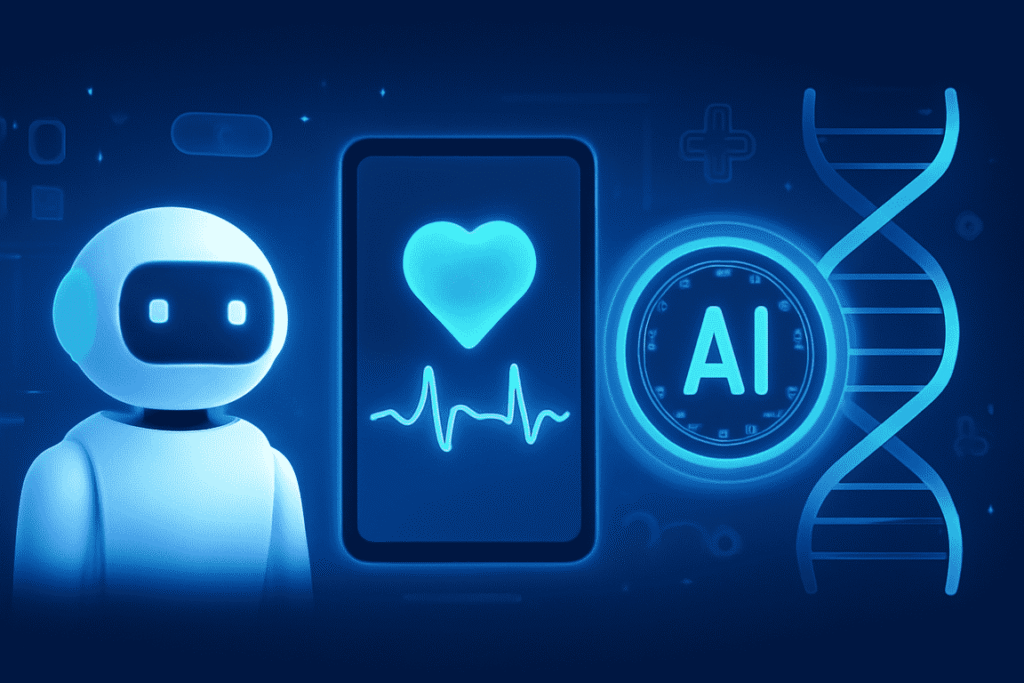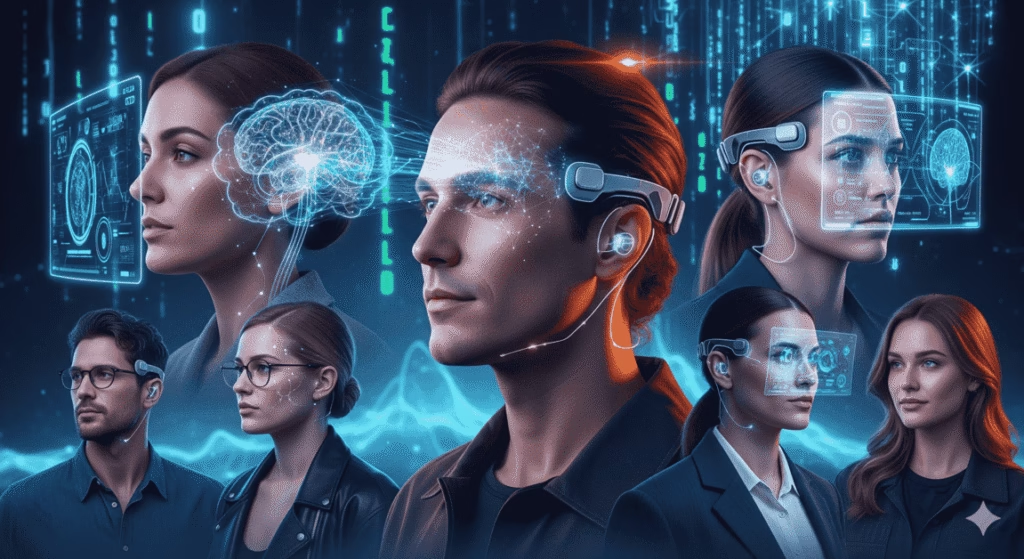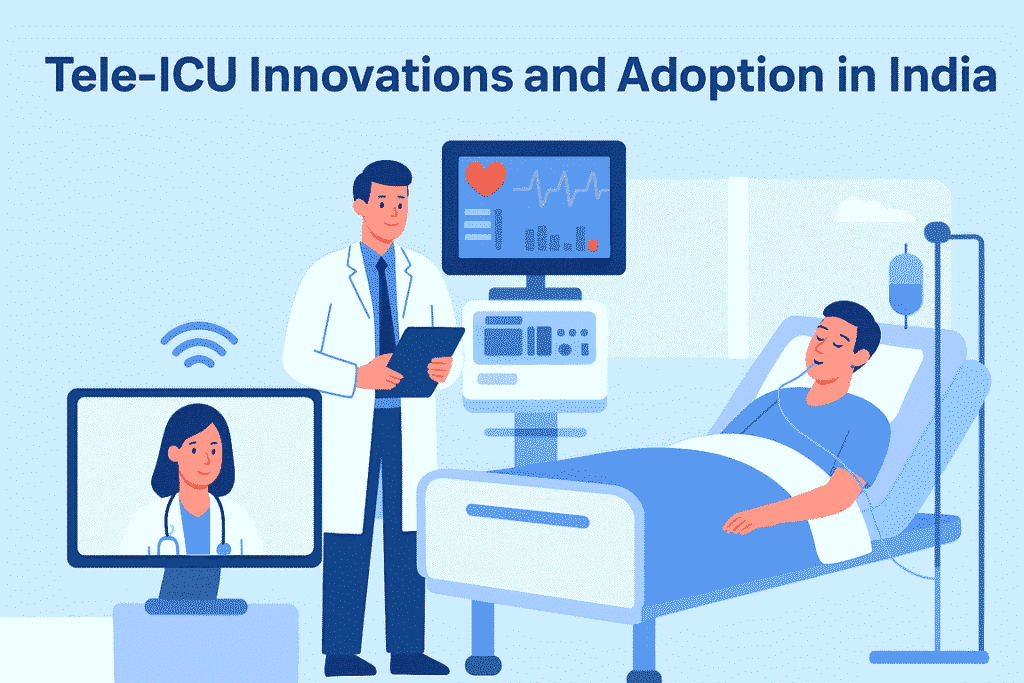Humanoid Robots in Healthcare
Imagine a future where Humanoid robots assist healthcare workers by performing complex medical procedures with human-like dexterity and precision—controlled remotely by expert clinicians. Teleoperated robots, in particular, extend the reach of medical expertise by enabling clinicians to control robotic systems remotely, creating promising advances in AI healthcare robotics and robotic surgery.
Why Dexterous Robotic Hands Matter in Healthcare and Surgery
Dexterous Hands: The Foundation of Surgical Precision
Dexterous robotic hands represent a critical breakthrough in healthcare robotics, offering capabilities that fundamentally transform surgical procedures. Human hands possess approximately 20-27 degrees of freedom (DOF), enabling intricate grasping, twisting, and in-hand manipulation essential for surgery. Advanced robotic hands now approach this complexity, with systems like the SharpaWave featuring 22 active degrees of freedom and over 1,000 tactile sensors per fingertip, capable of detecting pressure changes as subtle as 0.005 newtons—smaller than the thickness of a sheet of paper.
The importance of dexterity in surgery cannot be overstated. During surgical dissection, surgeons must delicately navigate around critical anatomical structures including nerves, blood vessels, and fragile tissues. Dexterous robotic hands equipped with high-resolution tactile sensing can distinguish between different tissue types, detect subtle changes in resistance, and apply precise force control—capabilities essential for minimizing tissue trauma and preventing damage to vital structures. These systems enable 360-degree rotation and submillimeter accuracy while filtering out natural human tremors, reducing surgical errors and improving patient outcomes.
Experience dexterous robotic hand capabilities in action:
The combination of enhanced dexterity, superior visualization, and tactile feedback allows surgeons to perform complex procedures through smaller incisions, resulting in reduced patient pain, faster recovery times, and lower infection risks. As robotic hands continue advancing toward human-level manipulation capabilities, they promise to extend surgical precision beyond the natural limitations of human anatomy.
Unitree G1: The Teleoperated Surgeon with Unmatched Dexterous Robotic Hand
UCSD’s Unitree G1 exemplifies the cutting edge in humanoid medical robotics. Its success relies on sophisticated control algorithms, high-fidelity pose tracking, and, most notably, its remarkably dexterous hand: the Dex5.
The Unitree Dex5 hand, featured in the video below, boasts 20 degrees of freedom and is equipped with 94 sensitive touch points enabling extremely fine force control. This advanced dexterity allows the robot to grasp surgical instruments and manipulate delicate tissues with precision nearly on par with a skilled human hand.
Experience the Unitree Dex5 Hand dexterity in action:
This innovation exemplifies the fusion of robotics and AI healthcare technologies.
Teleoperated Robots: Extending Expertise with Remote-Controlled Medical Robots
The real-world clinical capabilities of Unitree G1 are demonstrated in this teleoperation video where the robot performs a variety of medical procedures remotely-ranging from physical examinations to ultrasound-guided needle insertions This breakthrough shows how remote-controlled humanoid robots can expand access to specialist care, reduce infection risks, and offer precise interventions in environments with limited human presence.
Explore the Unitree G1 teleoperated medical robot demo:
Scientific Foundation and Research in Robotic Surgery
This cutting-edge teleoperated robotic surgery system is detailed in the University of California, San Diego research paper: Humanoids in Hospitals: A Technical Study of Humanoid Robot Surrogates for Dexterous Medical Interventions. The study details the development of a bimanual teleoperation framework enabling the Unitree G1 to safely and precisely manipulate medical tools. It also highlights current technical limitations such as force output and sensor precision, while emphasizing the robot’s promise to augment human medical professionals and safely extend healthcare capabilities.
Understanding Teleoperation: How Remote Robot Control Works
Teleoperation of humanoid robots involves a human operator remotely controlling the robot’s movements in real time by mimicking their own body motions, usually captured via motion tracking systems or exoskeleton interfaces. Advanced control algorithms map the operator’s limb and hand positions onto the humanoid robot’s joints, adjusting for size and force differences to ensure precise and natural movement. The operator receives real-time sensory feedback, often visual and sometimes haptic, enabling delicate tasks like medical examinations or surgeries to be performed with high accuracy. High-speed, low-latency communication networks ensure seamless synchronization between operator commands and the robot’s actions, making teleoperation a key technology for extending expert care remotely with humanoid robots.
Clone Robotics is currently working in teleoperated healthcare robotics, innovating intuitive systems for high-precision remote procedures in healthcare. Their innovations focus on enhancing remote control interfaces, improving haptic feedback, and ensuring safety and accuracy in clinical environments. The video by this company clearly demonstrates teleoperation’s precision and responsiveness that can be implemented in state-of-the-art medical robotics.
Watch a demonstration of teleoperation with Clone Hand:
Another Video of Teleoperation with Robotic Hand:
Imitation Learning – Training Robots Through Teleoperation
From Human Demonstration to Autonomous Capability
Imitation learning (IL) represents a transformative approach to training humanoid robots, leveraging teleoperation data to teach complex medical procedures. This learning paradigm allows robots to acquire skills by observing and replicating human expert demonstrations rather than requiring explicit programming for every task.
The process begins with high-quality data collection through teleoperation interfaces, where human operators control robots while their movements, decisions, and interactions are recorded. These demonstration datasets become training material for AI models that learn the underlying patterns, motion trajectories, and decision-making strategies exhibited by human experts. Advanced systems now combine real-world demonstrations with simulated training environments, allowing robots to practice procedures millions of times in virtual settings before transferring learned skills to physical robots through “sim-to-real” techniques.
Recent breakthroughs show that robots trained through imitation learning can achieve remarkable performance improvements. Systems like VITAL (Visual Teleoperation to Enhance Robot Learning) demonstrate how limited human demonstrations can be augmented through digital twin environments, creating vast datasets that improve generalization and real-world task success rates. Error-aware imitation learning further enhances this approach by enabling robots to detect potential failure states and request human intervention when needed, addressing the challenge of covariate shift when deployed in novel situations.
The synergy between teleoperation and imitation learning creates a powerful feedback loop: teleoperation provides the initial training data and ongoing supervision, while imitation learning gradually builds autonomous capabilities that reduce the need for constant human control. This approach is particularly valuable for dexterity and mobility training, where robots can learn nuanced manipulation skills by watching human surgeons perform procedures, then refining these skills through both simulated practice and supervised real-world experience.
Humanoid Robotics Advances – From Motor Skills to Cognitive Intelligence
Motor Skills : Achieving Human Like Physical Skills
Humanoid robotics has achieved remarkable progress in both core motor skills and fine motor control throughout 2024-2025. Leading platforms like Unitree G1, Tesla’s Optimus Robot now demonstrate smooth bipedal walking and running, having mastered dynamic balance and coordination through reinforcement learning and advanced motion control algorithms. By early 2025, these robots achieved human-like precision in complex movements including dance routines, kung fu techniques, spinning kicks, and even standing side flips—showcasing exceptional balance and agility that seemed impossible just years ago.
Watch Humanoid Robots demonstrate Core Motor Skills
Fine motor skills represent an equally critical frontier. Modern humanoid systems equipped with dexterous hands can now perform delicate tasks requiring precise force control and tactile feedback, including cracking eggs, playing piano, pen spinning, using scissors, folding towels and manipulating fragile objects without damage. These capabilities emerge from advances in high-performance actuators, dense multimodal sensing (combining vision, touch, and proprioception), and AI models trained on large embodied datasets that allow robots to learn from physical experience.
Watch Humanoid Robots demonstrate Soft Motor Skills
The following Video Demonstrates a Humanoid robot developed by a Robotics company called FigureAI demonstrating soft motor skills. Other Humanoid robots developed by companies like Unitree, Tesla, Boston Dynamics also demonstrate soft Motor Skills.
The Path to Cognitive Enhancement Through AGI and ASI
While humanoid robots have made significant strides in physical capabilities, their cognitive abilities remain the next major challenge. Current systems excel at executing programmed tasks and learned behaviors but lack the flexible reasoning, contextual understanding, and adaptive problem-solving that define human intelligence.
Artificial General Intelligence (AGI) represents the threshold where AI systems achieve human-level cognitive abilities—capable of understanding, reasoning, and applying knowledge across diverse domains rather than being confined to narrow, specific tasks. For humanoid robots, AGI would enable true autonomous decision-making in unpredictable clinical environments, allowing them to assess complex medical situations, adapt procedures to unique patient anatomy, and respond appropriately to unexpected complications.
The development pathway toward AGI involves several key advances. Large language models (LLMs) provide natural language understanding and communication capabilities, while large behavior models (LBMs) enable robots to emulate human actions and movements based on vast datasets of observed human behavior. Brain-inspired approaches including continual learning and multimodal foundation models aim to overcome current limitations like catastrophic forgetting and enable adaptive, knowledge-driven systems that learn and remember like human brains.
Beyond AGI lies Artificial Superintelligence (ASI)—hypothetical AI systems surpassing human cognitive abilities across all domains. While AGI would match human-level performance, ASI could potentially diagnose conditions, plan treatments, and execute procedures with capabilities exceeding the most skilled human doctors. However, significant technical, ethical, and safety challenges must be addressed before such systems can be responsibly deployed in healthcare settings.
The convergence of advanced motor skills, sophisticated sensorimotor integration, and evolving cognitive capabilities positions humanoid robots at the threshold of transformative healthcare applications. As physical dexterity approaches human levels and AI advances toward AGI, the distinction between teleoperated and autonomous medical robotics will increasingly blur, creating hybrid systems that combine human judgment with superhuman precision and consistency.
Why Humanoid Robots and Teleoperated Robotics Matter
- Addressing Workforce Shortages: Heightened global demand for healthcare exceeds the supply of trained professionals; humanoid robots are poised to fill key gaps and sustain quality care.
- Minimizing Infection Risks: Teleoperation (and Autonomous Robots) will allow expert clinicians to remotely control robots or carry out medical procedures through Autonomous Robots in infectious or hazardous environments, reducing risk exposure.
- Enhancing Precision and Consistency: Robust mechanical dexterity and AI-guided controls reduce human fatigue and improve task consistency and safety.
- Expanding Access to Expertise: Teleoperated systems enable specialists to perform procedures remotely, democratizing access to expert care around the world.
Challenges and the Road Ahead: Teleoperated vs Autonomous Robots
While the progress is impressive, significant hurdles remain—improving sensor precision, increasing force capability, navigating ethical and regulatory frameworks, and integrating robots smoothly into clinical workflows. Additionally, an important distinction to understand is between teleoperated and autonomous robots:
- Teleoperated robots depend on continuous human control and input. A human operator remotely guides every movement and decision the robot makes, as seen in the current Unitree G1 system performing medical procedures. This approach offers precise control and human judgment but requires constant operator attention and communication.
- Autonomous robots operate independently, using onboard sensors, AI algorithms, and decision-making logic to perceive their environment, plan actions, and complete tasks without real-time human intervention. Examples include robots that clean floors, navigate warehouses, or perform simple repetitive tasks on their own.
The development of true autonomous humanoid robots in healthcare is a complex, ongoing research area. Autonomous systems must safely and reliably handle unpredictable clinical environments while adhering to strict safety and ethical standards. Although autonomy promises higher operational efficiency and scalability, teleoperation currently remains the preferred approach where human oversight and judgment are critical.
The synergy between teleoperation and growing autonomy will shape the next decade of healthcare robotics, enhancing surgical robots and robot-assisted surgery for improved patient outcomes.
FAQs
What are humanoid robots in healthcare?
Humanoid robots are robots designed with a human-like form and dexterity, used in healthcare to assist with medical procedures, patient care, and teleoperated surgeries. They extend clinicians’ capabilities, especially in complex or remote scenarios.
How does teleoperation work in medical robotics?
Teleoperation allows a human operator to remotely control a robot in real-time, transmitting commands and receiving feedback. This enables precise execution of medical procedures from a distance, reducing risks and improving access to expert care.
How safe are humanoid robots when interacting directly with patients?
Concerns about unintended harm, especially with frail or vulnerable patients, remain significant. How systems will reliably detect and prevent risks in real-world healthcare environments is still under evaluation.
Will humanoid robots replace human healthcare workers or support them?
Many worry about job losses and changing roles, but experts emphasize robots as augmenting rather than replacing clinicians, focusing on repetitive or hazardous tasks.
How do patients emotionally respond to humanoid robots in caregiving?
The impact of human-like machines on patient trust, comfort, and mental health especially among elderly or isolated patients is an underexplored area needing more research.
What is the difference between autonomous and teleoperated robots?
Teleoperated robots require continuous human control, whereas autonomous robots operate independently using AI and sensors. Teleoperated systems are currently explored for creating Datasets for complex medical tasks demanding human judgment.
How soon will truly autonomous medical robots be widely adopted?
Predictions vary, but currently teleoperation is used to create Datasets that would eventually lead to full autonomy. Experts predict a time frame of 20 years before Autonomous Robots will be able to take over roles of Doctors. Currently Autonomous robots are explored for the roles of care-takers and Nurses within the Hospitals.
What ethical frameworks govern decision-making for autonomous or semi-autonomous medical robots?
Transparency, accountability, and liability are open topics, especially if robots make independent clinical judgments.

